
PC Audio 120
Is your PC running on the edge? If you’re prepared to reconsider some fundamental options, there may be a simple solution.
I have a confession to make. My main studio PC is now four years old, but I’ve yet to feel any need to upgrade to a faster one. I’ve noticed a lot of other people finding themselves in a similar position — running out of computing power still seems to be a worrying occurrence for some, but over the last few years many computer-based musicians have simply come to the conclusion that they already have quite enough power under their bonnets for the foreseeable future. The main reason for this is that whereas our machines were previously capable of running dozens of ‘real-time’ plug-ins, many recent ones are now quite capable of running hundreds of them without breaking into a sweat, while simultaneously playing back dozens of simultaneous audio tracks. For those working in rock, folk, jazz and certainly classical music, this means a modest PC is perfectly adequate for music making. Even those exploring more exotic genres such as dance and electronica, where software synths are de rigueur and each channel may be sporting half a dozen plug-in effects that radically modify the initial sonics, you don’t necessarily need a bleeding edge PC. So let’s look more closely at how you can manage this feat, and when you really do need to dust off your credit card and invest in a newer machine.
SAMPLING THE OPTIONS
My main studio machine runs an Intel Ivy Bridge Core i7-3770K quad-core processor with a nominal clock speed of 3.5GHz (although mine has never put a foot wrong being permanently overclocked to 4.4GHz). With this amount of computing power at my disposal I can run far more plug-in effects than I’ve yet needed, and it only tends to be playing soft synths with large polyphony and high quality settings that put any noticeable strain on my system. However, given that my projects currently involve as many recorded audio tracks of electric and acoustic instruments as there are virtual ones being created by software ‘on the hoof’, I mostly seem to stay well within its computing limitations. As a ballpark, I typically run around 30 audio/synth tracks and 50 plug-in effects per project.
Now if I were creating entire albums only using the sounds derived from ‘in the box’ soft synths, I might be pushing the real-time limits of this machine, especially if running such projects at a sample rate of 96k (or even 192k, though I’ve yet to hear any audible benefits at such extreme sample rates, and there’s strong industry evidence pointing out no audible benefit to sample rates above 100k). However, like plenty of other musicians I’m quite happy running my projects at a sample rate of 44.1k, for the following reasons.
First, the difference in audio quality between 44.1k and 96k recordings made with my audio interface is vanishingly small (it may not be for yours, but do try it and see before committing yourself to more than double the overheads). Yes, I can hear improvements at 96k when running some plug-in effects such as compressors and high frequency EQs for instance, but many of these now offer internal ‘oversampling’ options that enable them to reap the benefits of higher sample rates where they may be audible, without having to run the entire project at 96k. Moreover, many of the higher-end soft synths offer similar ‘high quality’ options so you can once again trade off CPU against audio quality. And, unlike DAW options that enable you to ‘bounce down’ tracks complete with FX, to free up your processor so you can limp on to the end of a mix when your machine is running out of juice, you can instead leave your tracks intact by using more conservative soft synth quality settings, and then just whack them up to maximum/divine or whatever before the final off-line stereo render.
MODEST BUFFERS
I’m also happy working with a fairly modest audio interface buffer size of 128 samples, which at 44.1k gives me a fairly snappy 5ms latency when performing MIDI-based soft synths in ‘real time’ (a fixed latency of 1ms or so for the MIDI input, 3ms latency for the audio interface playback buffers, plus a further 1ms for the D/A converters in the interface). Choosing smaller buffers than this will ramp up processor overheads, often by a significant amount (on my machine for instance, dropping them to 32 samples instantly increases my CPU overheads by around 50%). If on the other hand your musicians need to monitor their ‘live’ performance being recorded as an audio track, complete with native plug-in effects, then the latency they hear in their headphones will be that of the round trip (typically 1ms for A/D conversion, plus record buffers, plus playback buffers, and then finally the 1ms D/A conversion). So, for 128 samples at 44.1k this round trip will be around 8ms in total, which probably won’t suit drummers or vocalists (always the most likely to notice tiny timing lags that may compromise their performances). Changing my buffer size to 64 samples will drop the round rip to around 5ms (acceptable to most), and at 32 samples to around 3.5ms (very acceptable, but you will now need a CPU with 50% more power to run the same number of plug-ins). Mind you, with a 96k sample rate these buffer latencies will be more than halved, but conversely you would require a CPU with 2.2 times the performance of mine to run the same plug-ins.
THE CREDIT CARD BECKONS
As always, it’s going to be swings and roundabouts, so before I get lynched by specialist audio PC builders worldwide, I should point out that there are still plenty of musicians who will definitely need more processing power than me. You will if you insist on a 96k sample rate and 3ms round trip latencies for live recording/monitoring with plug-in effects, and you will if your total plug-in requirements are much higher than mine, especially if you go berserk with multiple reverb plug-ins (I rarely use more than two during a song, relying on multiple send/returns to add as much reverb to each track as required). Anyone who fancies mixing on a virtual console — using modelled plug-ins, in particular the ‘dynamic convolution’ plug-ins such as those from Acustica Audio — will certainly need a more powerful machine to run enough instances to add them to every audio channel. You’ll also no doubt need more grunt if you’re running video alongside your audio, for film work. But if you’re currently on the edge, reconsidering your project options carefully could be a very wise move. Keep on tracking!




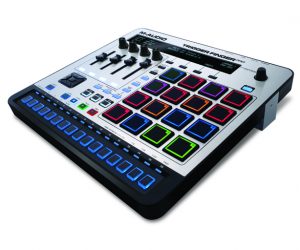
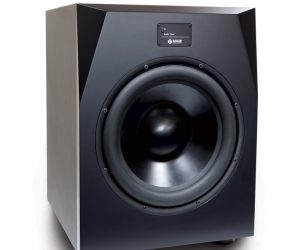

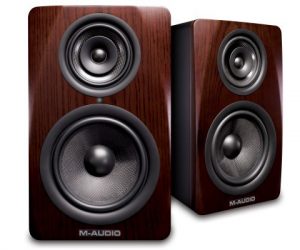
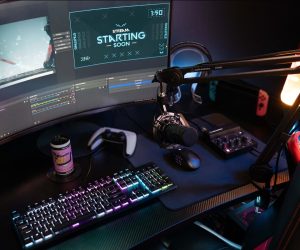

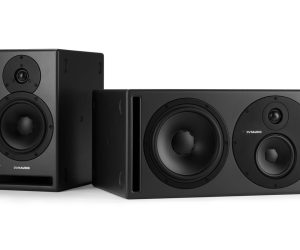





RESPONSES